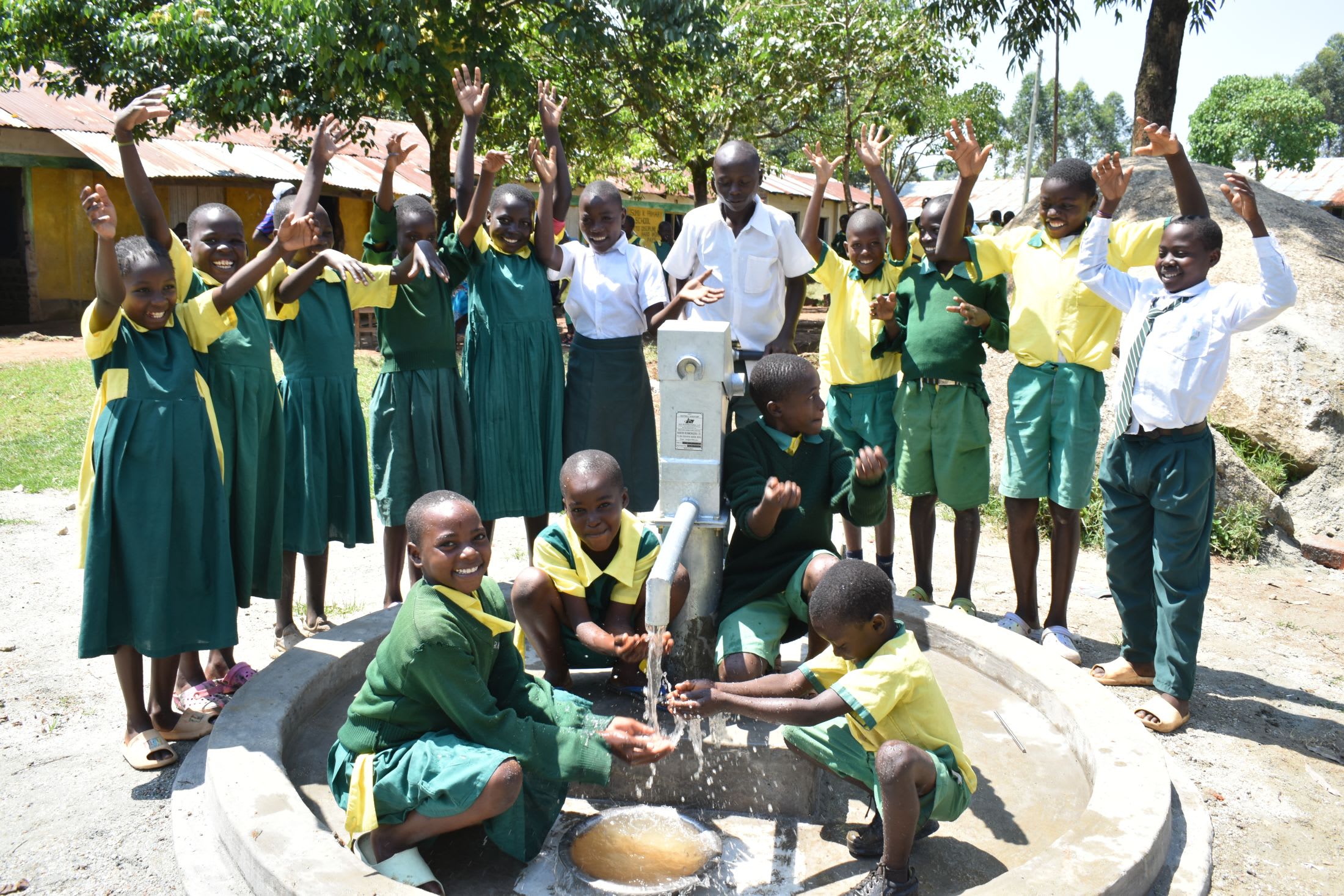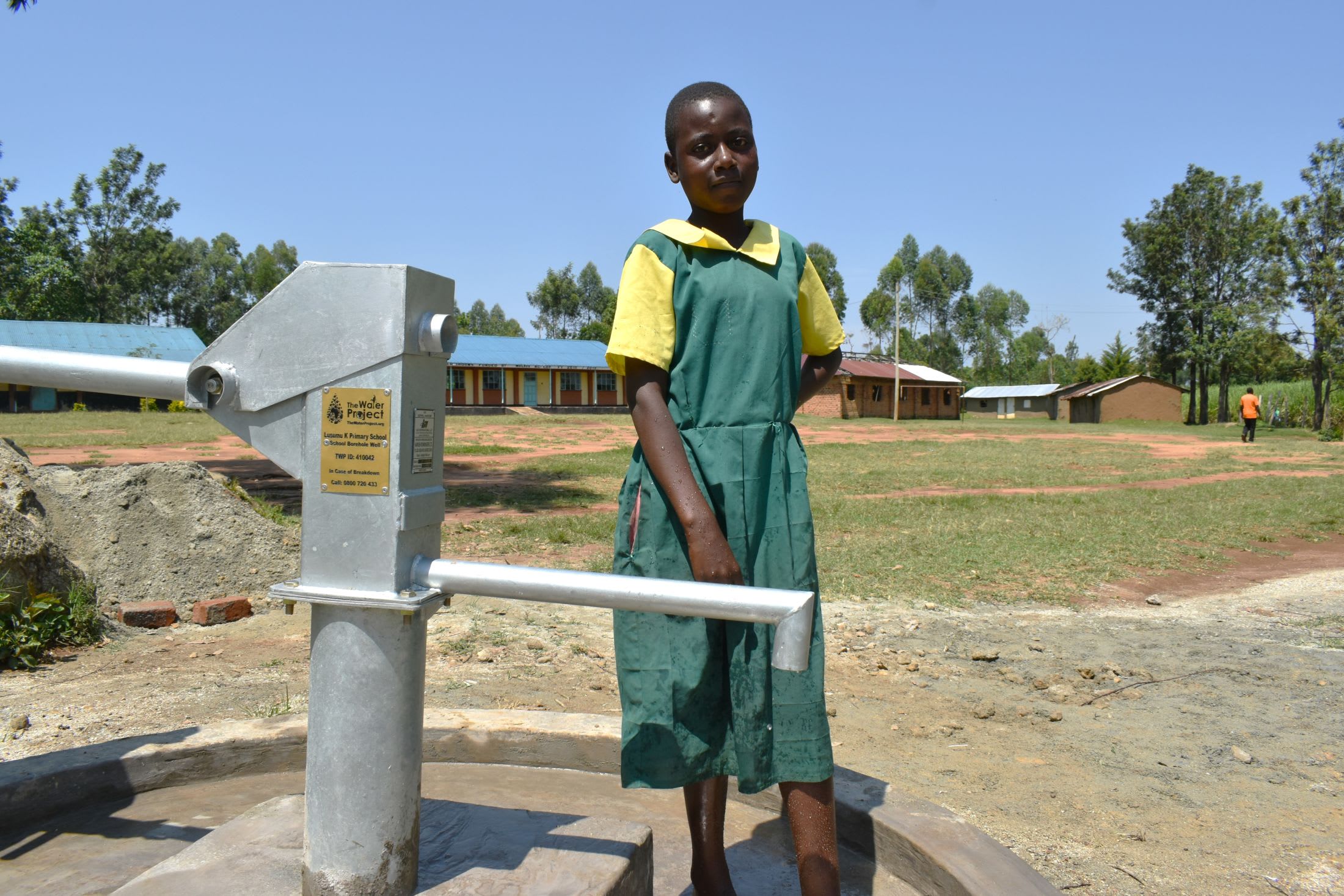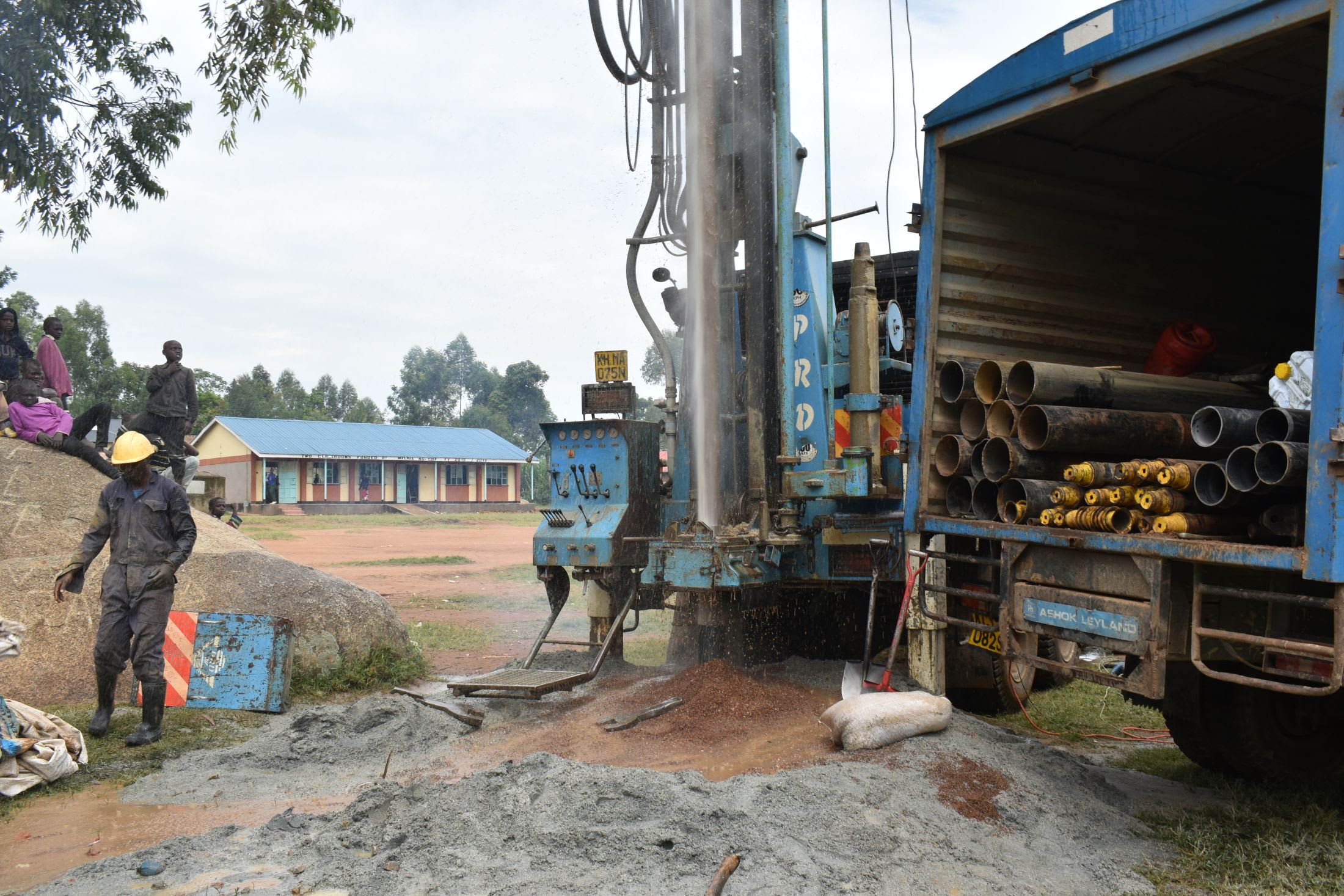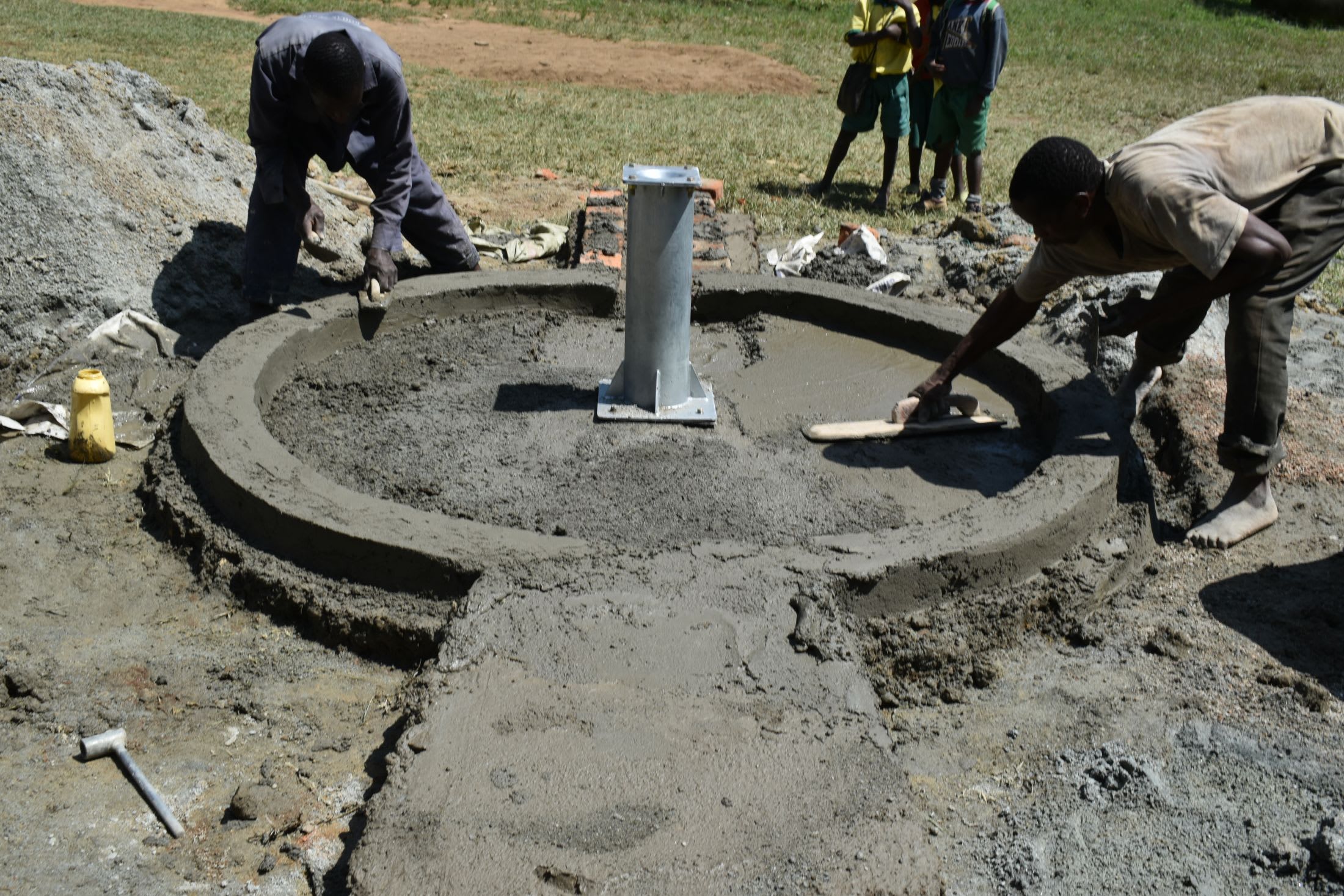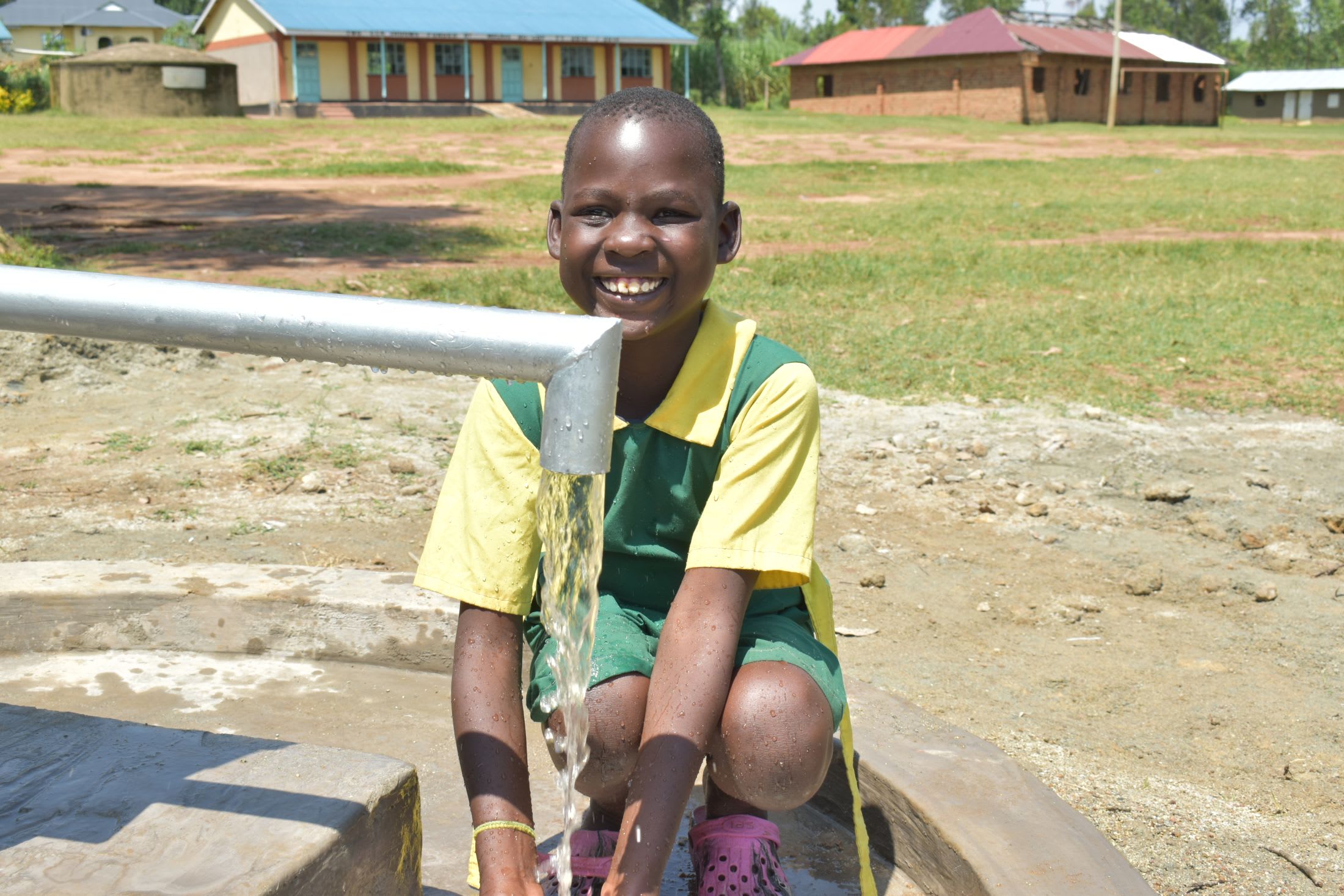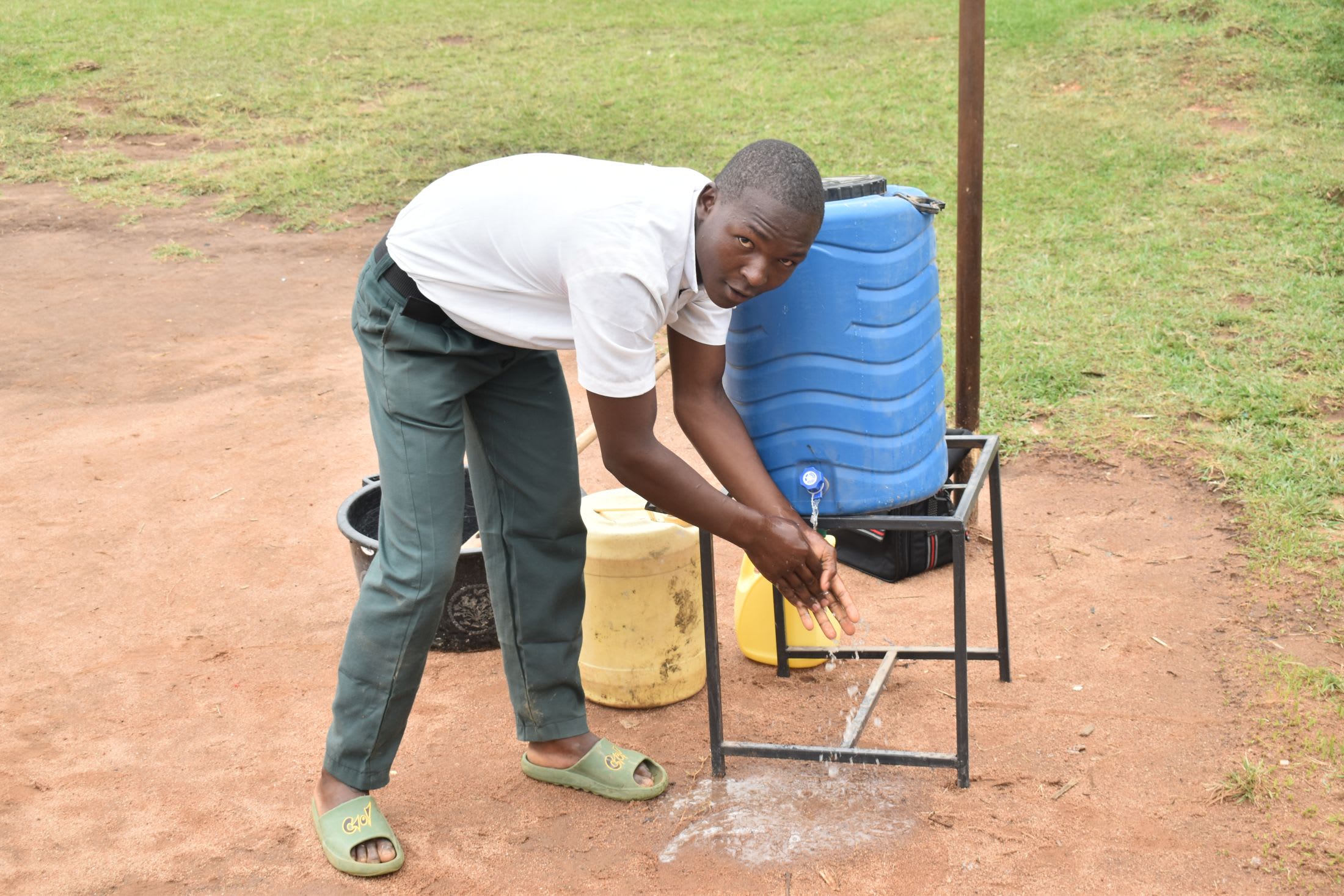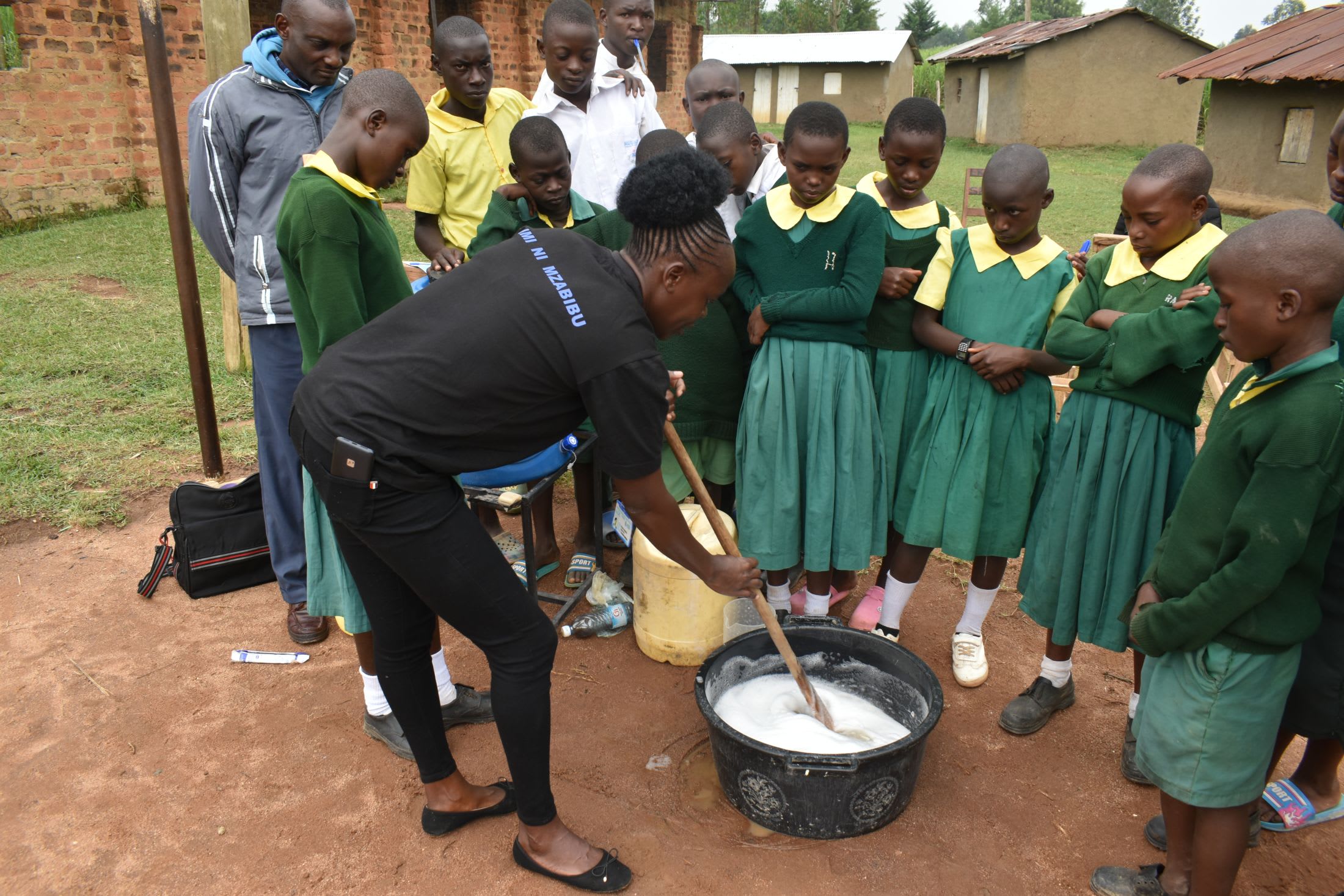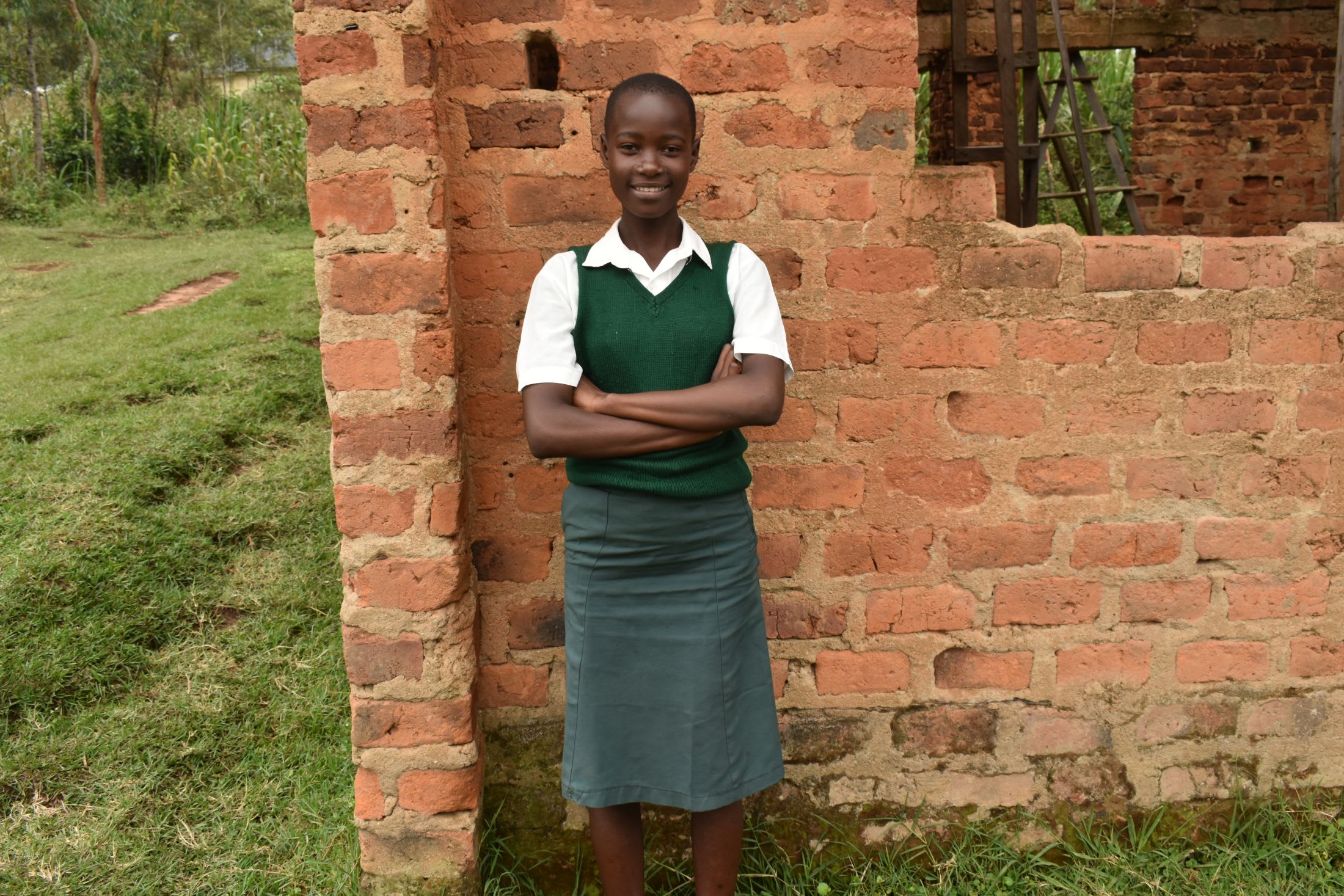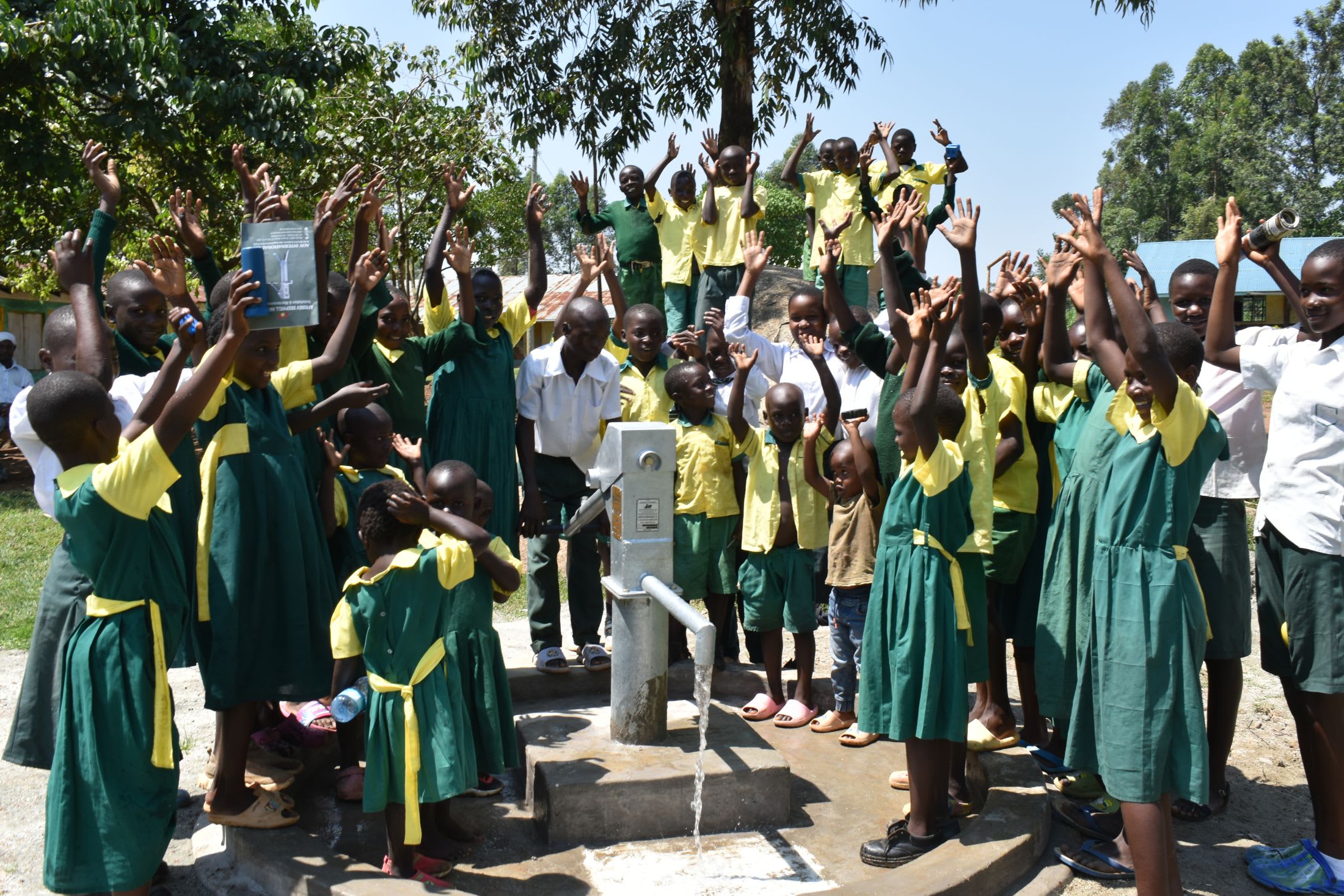The 450 students and 20 staff members of Lusum Primary School face a water crisis each day. They work tirelessly to collect enough water to meet their needs, but the water they must rely on makes everyone ill.
The school has plastic and cement rain tanks on its campus, but they do not collect sufficient water for everyone, especially during the short rainy seasons. Because of this, students are burdened with the responsibility of hauling water to school each morning, but still, there is never enough.
"Pupils bring water from home when they come to school. This "luggage" of a filled-up container adds to the books that have to be carried to school," said field officer Lillian Achieng.
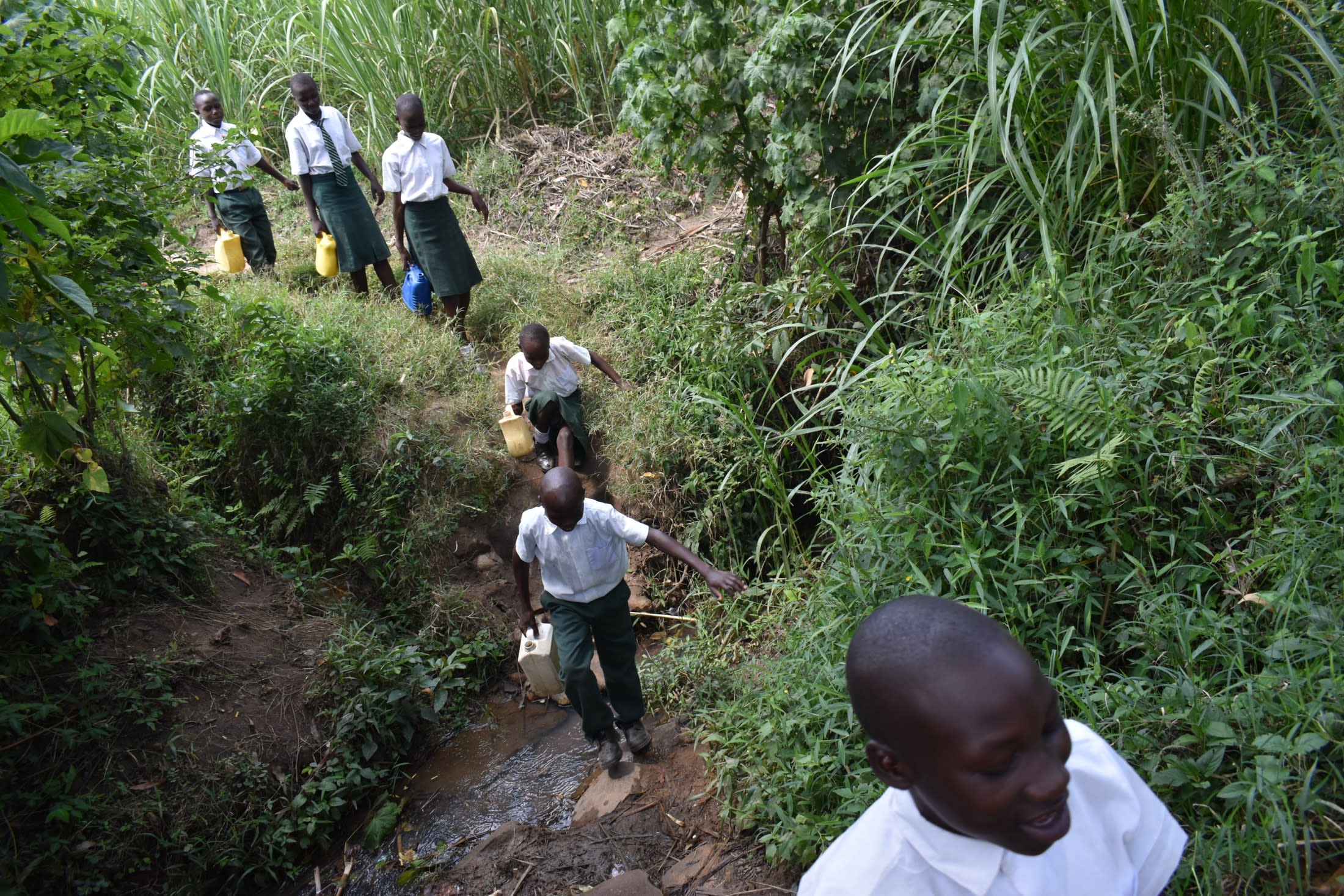
When students get to school, their burden of responsibility for collecting water is not done. They are sent out of class to the community spring in search of more water throughout the day.
"During lessons, pupils are requested to go [to] the spring and get more water for kitchen purposes. In the afternoon, the pupils will go for more water for cleaning purposes. This, in one word, summarizes to [a] waste of precious time and fatigue," said Lillian.
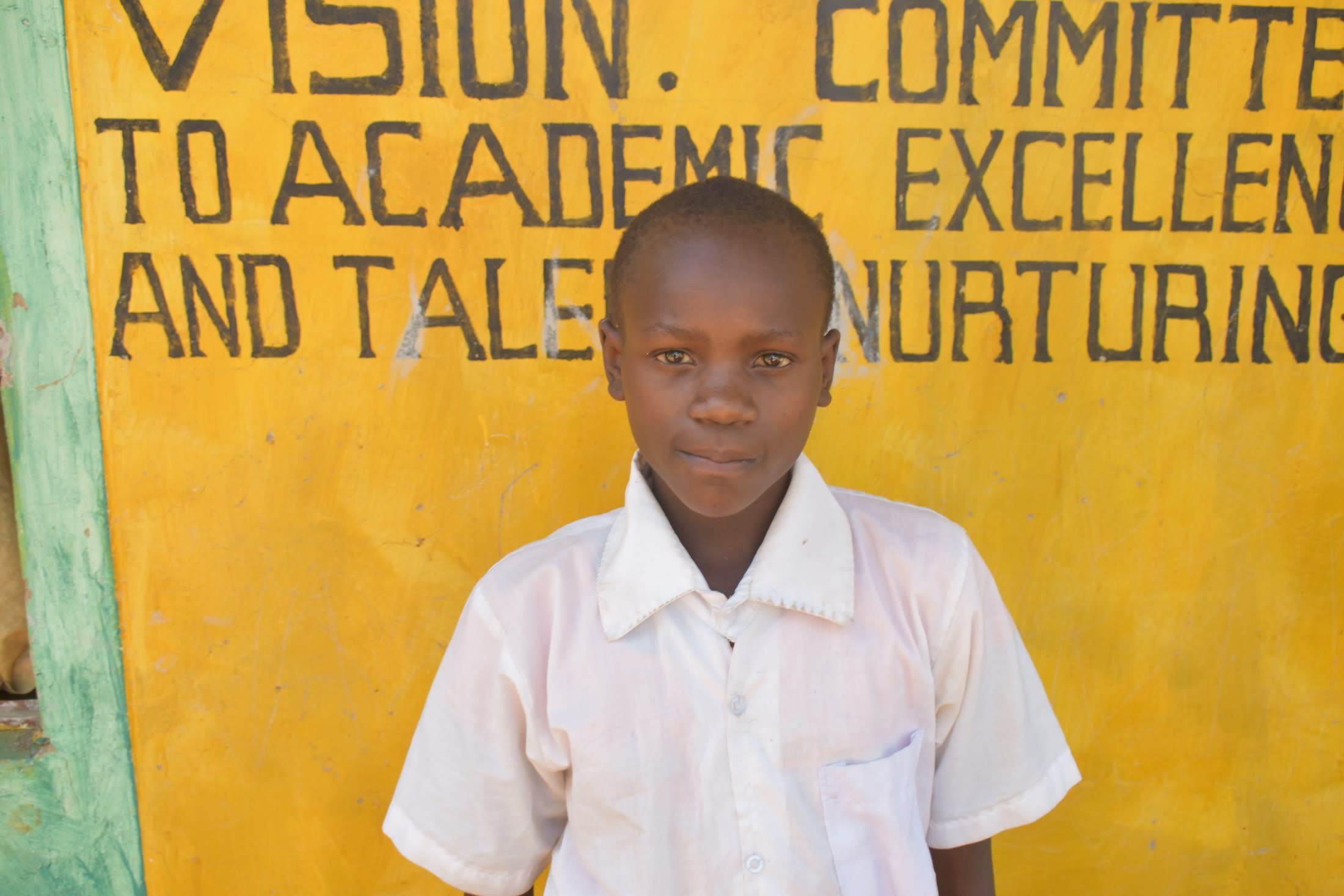
"I feel like it's a punishment our teachers subject us to. Carrying a heavy load of books and [a] filled up Jerrican (which can weigh up to 40 pounds full) to school really wears me out. I have to slow my steps due to the weight I am carrying. This has always caused me to arrive at school late and miss some lessons. Last week, the teacher on duty caned me for arriving late in school, not considering that I was burdened," said 14-year-old Rebecca D.
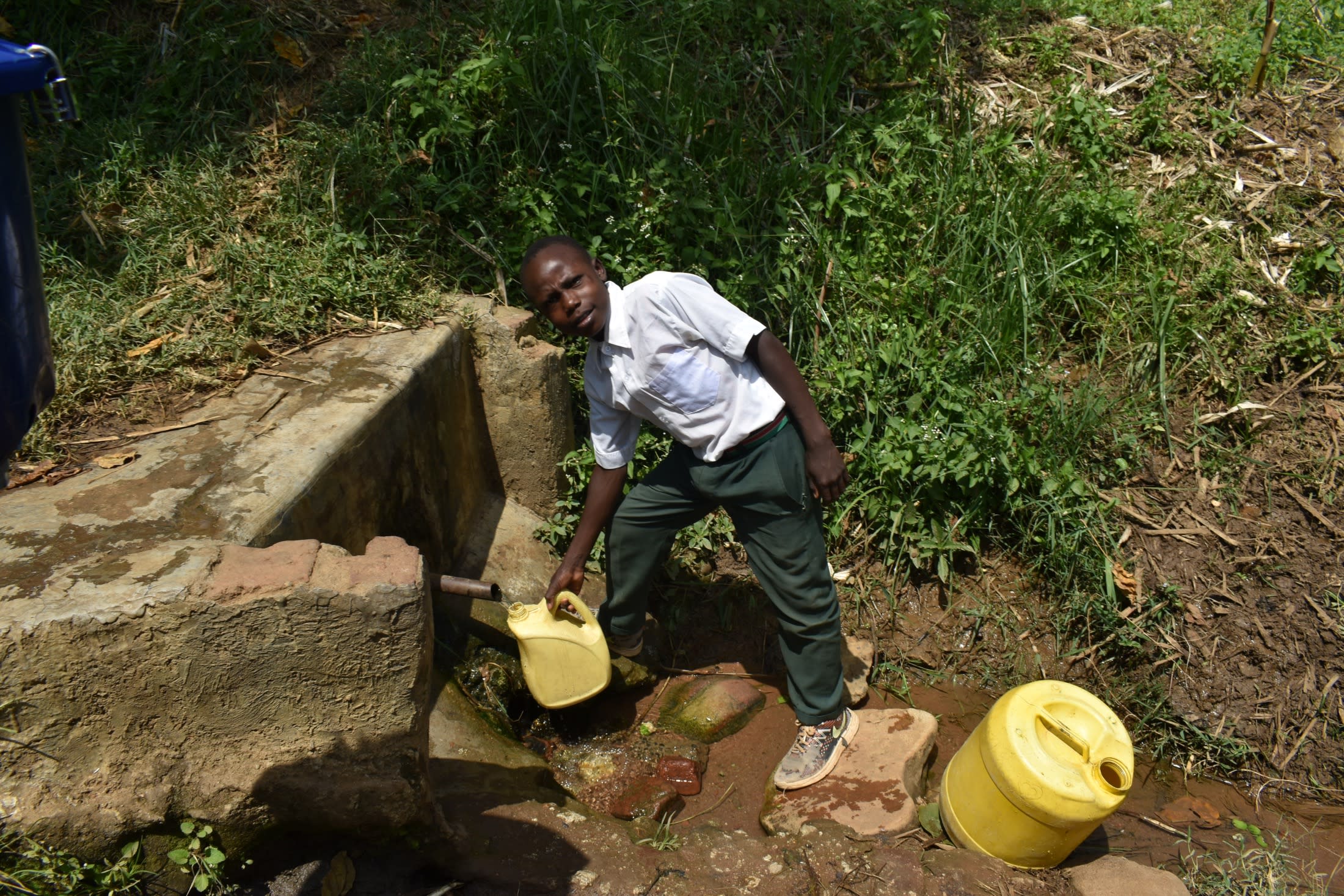 "The main water source for this school is the protected spring. The spring, though once protected, is in [a] bad state. The spring is far away from school, and accessing it is hard due to the nature of the path that leads to the spring. The paths are lonely, thus posing as a danger to the kids. The community members also use this spring, resulting in crowding, especially [during] the evening hours."
"The main water source for this school is the protected spring. The spring, though once protected, is in [a] bad state. The spring is far away from school, and accessing it is hard due to the nature of the path that leads to the spring. The paths are lonely, thus posing as a danger to the kids. The community members also use this spring, resulting in crowding, especially [during] the evening hours."
"The environment around the protected spring is pathetic. The place is dirty with sugarcane husks. The drawing point is worn out, and water oozes from the loose discharge pipe. Skin rashes, sore throats, and stomach-related diseases like typhoid have been reported. Ikhanyi Dispensary, which serves this community, has records of the last typhoid attack upon the pupils in this school," Lillian concluded.

"I was [a] victim of the last case of typhoid, which happened early this year. I received treatment from Ikhanyi Dispensary and [was] cautioned about the water I use," said teacher Timothy Kakai.
Installing a well will enable students to be free from bearing the weight of such responsibility and have the time and energy to focus on learning once again.
Water at schools is unique, which is why we need unique solutions.
The Proposed Solution, Determined Together...
At The Water Project, everyone has a part in conversations and solutions. We operate in transparency, believing it benefits everyone. We expect reliability from one another as well as our water solutions. Everyone involved makes this possible through hard work and dedication.
In a joint discovery process, community members determine their most advantageous water solution alongside our technical experts. Read more specifics about this solution on the What We're Building tab of this project page. Then, community members lend their support by collecting needed construction materials (sometimes for months ahead of time!), providing labor alongside our artisans, sheltering and feeding the builders, and supplying additional resources.
Water Access for Everyone
This water project is one piece in a large puzzle. In Kenya, Sierra Leone, and Uganda, we're working toward complete coverage of reliable, maintained water sources that guarantee public access now and in the future within a 30-minute round trip for each community, household, school, and health center. One day, we hope to report that this has been achieved!
Training on Health, Hygiene & More
With the community's input, we've identified topics where training will increase positive health outcomes at personal, household, and community levels. We'll coordinate with them to find the best training date. Some examples of what we train communities on are:
- Improved hygiene, health, and sanitation habits
- Safe water handling, storage & treatment
- Disease prevention and proper handwashing
- Income-generation
- Community leadership, governance, & election of a water committee
- Operation and maintenance of the water point
Handwashing Stations
Alongside each water source, we also provide two new gravity-fed handwashing stations that will allow everyone at the school to wash their hands without running water. Handwashing is so important to help prevent future water-related illnesses in the school community.
The student health club will maintain the stations, fill them with water, and supply them with soap (which we will teach the school community how to make during the training!).
VIP Latrines
In addition, we will construct two triple-door Ventilated Improved Pit (VIP) latrine blocks designed to prevent fecal disease transmission. Each latrine will have a cement floor, which is easy to use and clean regularly. Three doors will serve the girls, and three doors will serve the boys.



 Rehabilitation Project
Rehabilitation Project














